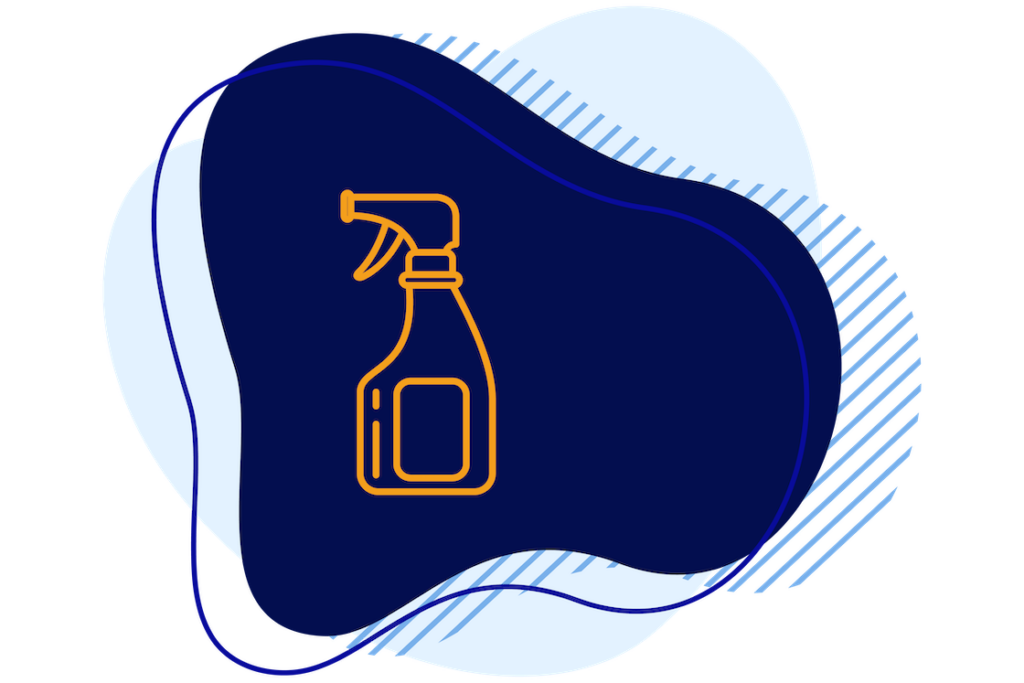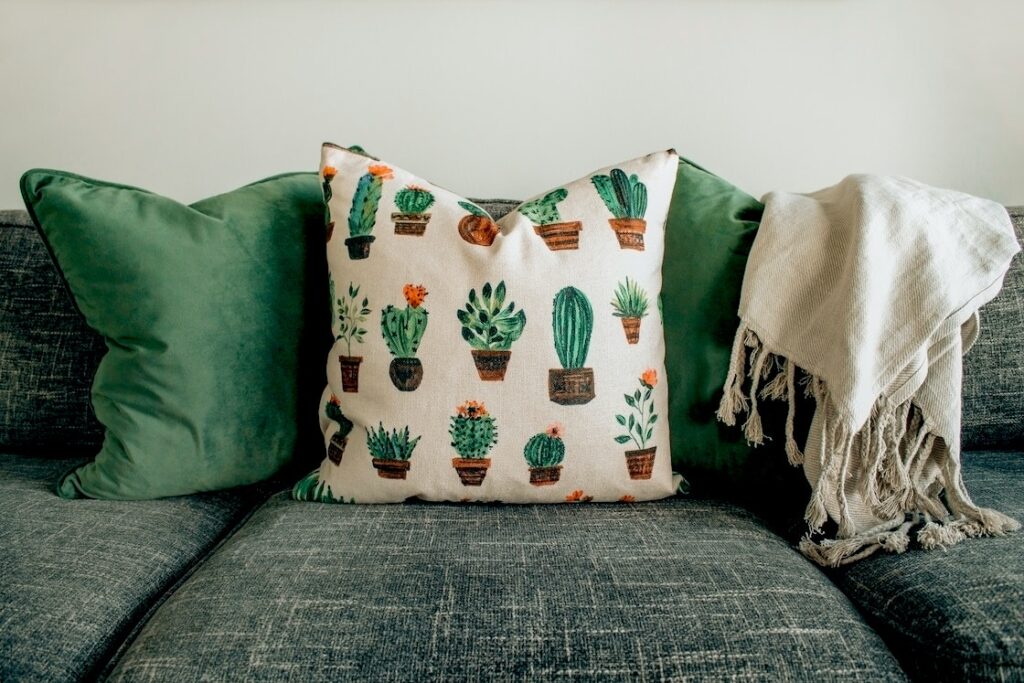Microban 24® is a disinfectant spray that its manufacturer Procter & Gamble says “prevents the growth of mold and mildew for 7 days.”
Its literature and packaging recommend using it on both “hard surfaces” and “soft surfaces.”
On soft surfaces, re-application is advised “every 28 days to inhibit mold and mildew growth.”
Directions for use on soft surfaces include: “apply [Microban 24] to fabric surface until wet (do not saturate)” and to then allow the treated soft surface to air-dry.
Moisture causes mildew, mold growth
A problem with this suggestion is that the fabric or other soft surface on which the product is used will likely absorb most of what is sprayed onto it–whether that liquid be bleach, water, urine, or alcohol.
Depending on how thick the fabric surface is, it’s also going to retain that moisture for a long time.
How long might these “soft surfaces” retain moisture if they were gotten wet?
- Book bags
- Cushions
- Couches
Mold and mildew thrive on moisture. They can’t live without it.
Yet listed above are three of the four example items that Microban 24 is suggested for use on.
Simplistically speaking, to remove light or localized mold and mildew spread, you typically scrub and wash off whatever of it is visible, thoroughly dry out the surface, and keep it dry to prevent further mold/mildew problems.
So why add liquid to the already-high moisture content of a moldy piece of fabric furniture?
Importantly, in mold handling, you also locate and resolve the source of unwanted moisture.
Yet the product’s literature and label say to spray a liquid onto whatever soft surface you are treating “every 28 days to inhibit mold and mildew growth.”

Poor advice for most applications
Using a water-based “mold-prevention” product repeatedly on porous or soft fabric surfaces is poor advice.
And if home owners or tenants feel inclined to repeatedly spray any liquid of any kind on a soft surface every 28 days to “inhibit mold and mildew growth,” there is likely already something very, very wrong with the water, moisture, and humidity management in that room or area.
The active ingredients in Microban 24 make up 0.2 percent of the product according to one source.
“Other ingredients” account for 99.8% of the product, with water listed as the first (and thus highest concentration) ingredient.
Summary opinion: Use not advised on soft surfaces
- The use of Microban 24 is one of many options for inhibiting mold growth, but only on non-porous surfaces: A toilet bowl, a bathtub, glass shower walls, a fridge or freezer, and similar appliances.
- Repeatedly applying a liquid of any kind, including Microban 24, which is an estimated 90% water, is not the best way to handle or prevent mold on porous, soft, or fabric surfaces.


